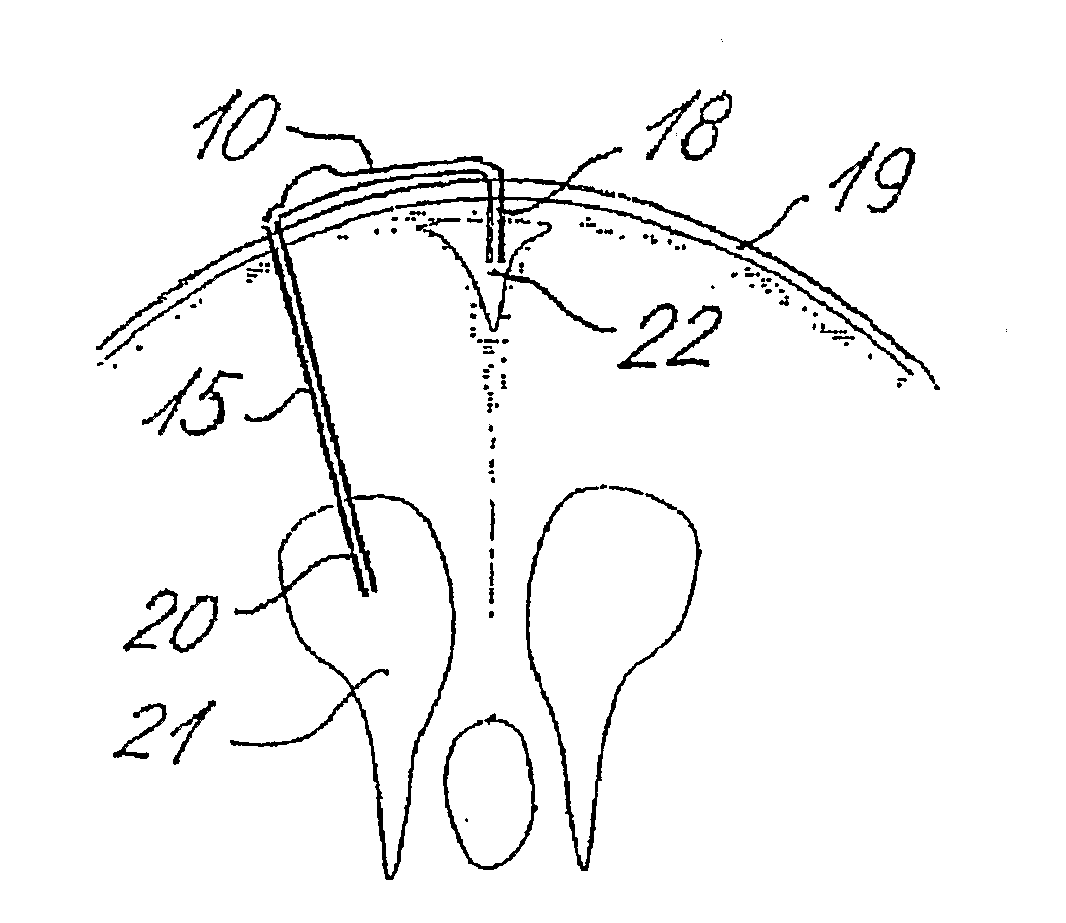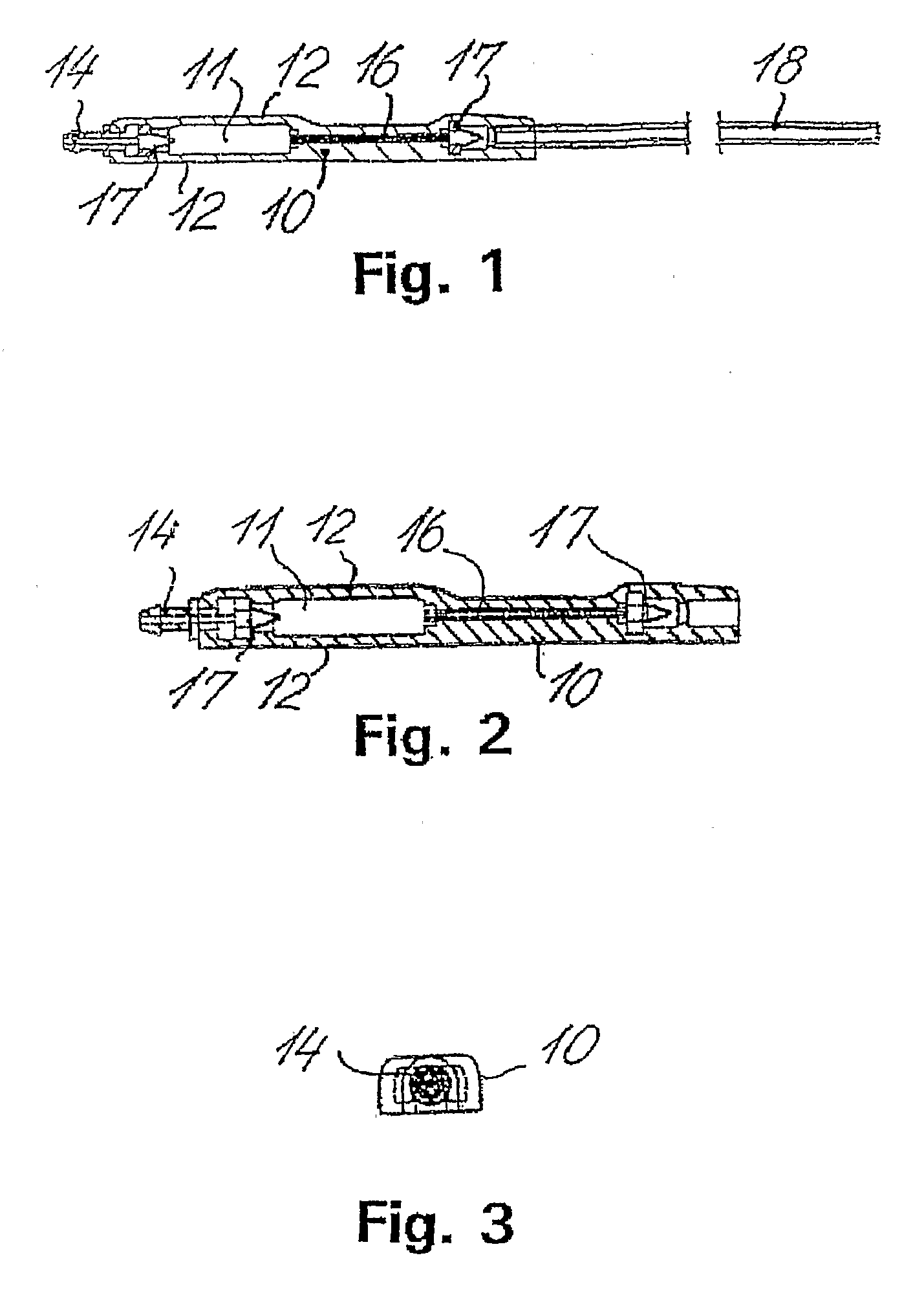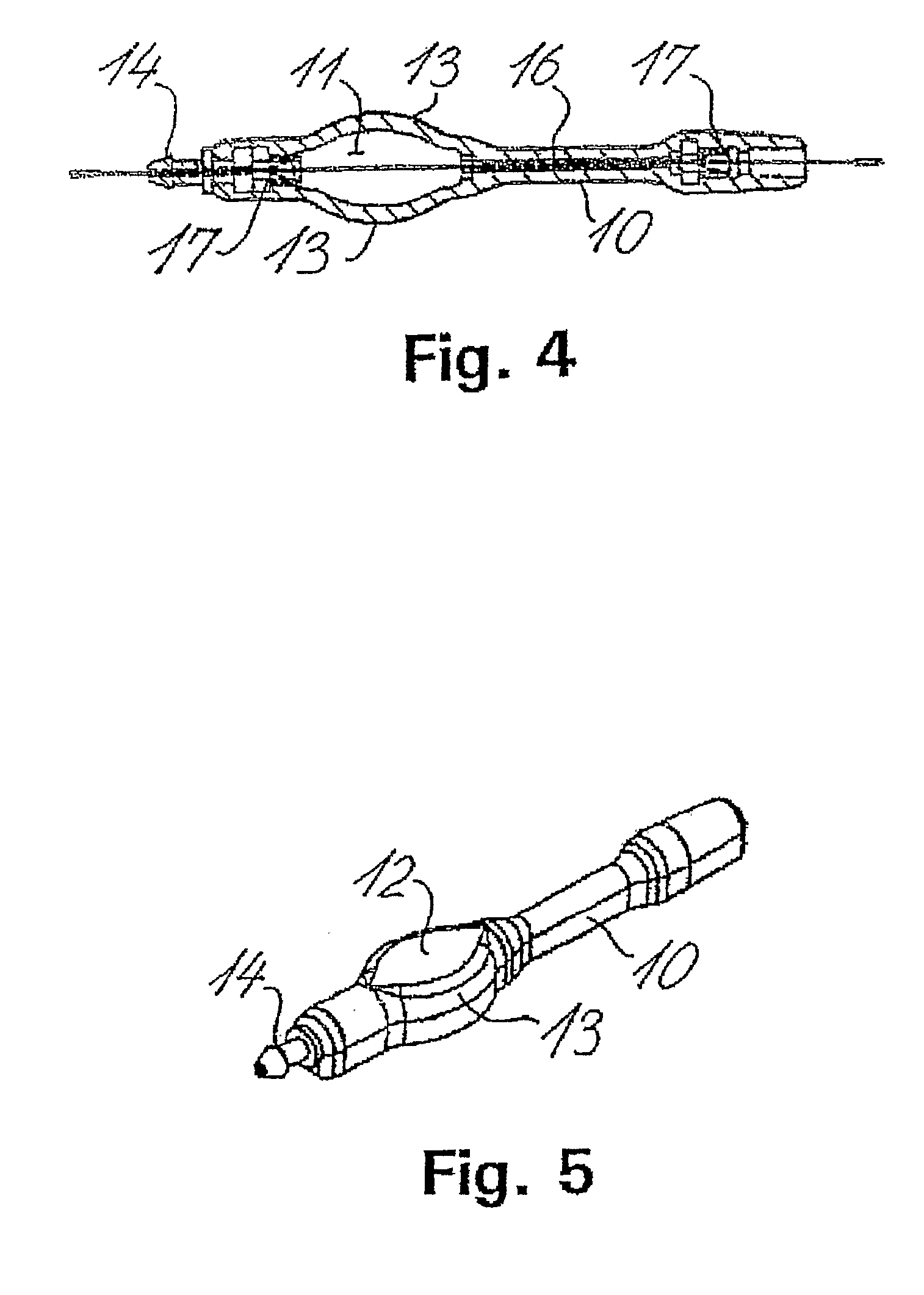Method for shunting toxic substances from a brain ventricle to the sinus system
a technology of toxic substances and sinus system, which is applied in the direction of wound drains, intravenous devices, etc., can solve the problems of increasing plaque formation, affecting the natural absorption of csf, so as to reduce enhance the production of csf. , the effect of reducing the concentration of toxic substances
- Summary
- Abstract
- Description
- Claims
- Application Information
AI Technical Summary
Benefits of technology
Problems solved by technology
Method used
Image
Examples
Embodiment Construction
[0064] In one embodiment of the present invention, a method is provided for shunting toxic substances present in a brain ventricle to the sinus system of an individual suffering from, or at risk of developing, a condition related to the retention and / or accumulation of toxic substances in the CSF.
[0065] It is envisaged that this invention can be used for treating any condition resulting from the accumulation of toxic substances in the patient's brain, for example Alzheimer's disease, Down's Syndrome, hereditary cerebral hemorrhage with amyloidosis of the Dutch-Type (HCHWA-D), epilepsy, Parkinson's disease, polyneuropathies, multiple sclerosis, amyotrophic lateral sclerosis (ALS), myasthenia gravis, muscular dystrophy, dystrophy myotonic, other myotonic syndromes, polymyositis, dermatomyositis, brain tumors, Guillain-Barre-Syndrome, and the like.
[0066] Most preferably, the condition treated or prevented by the method of the present invention is Alzheimer's disease.
[0067] It is env...
PUM
 Login to View More
Login to View More Abstract
Description
Claims
Application Information
 Login to View More
Login to View More - R&D
- Intellectual Property
- Life Sciences
- Materials
- Tech Scout
- Unparalleled Data Quality
- Higher Quality Content
- 60% Fewer Hallucinations
Browse by: Latest US Patents, China's latest patents, Technical Efficacy Thesaurus, Application Domain, Technology Topic, Popular Technical Reports.
© 2025 PatSnap. All rights reserved.Legal|Privacy policy|Modern Slavery Act Transparency Statement|Sitemap|About US| Contact US: help@patsnap.com



